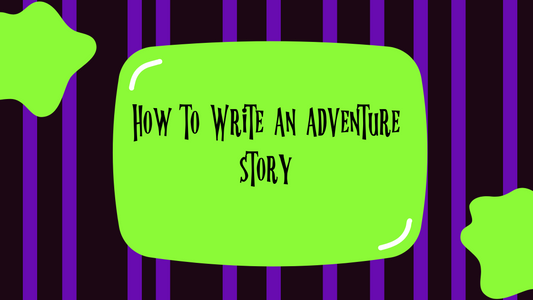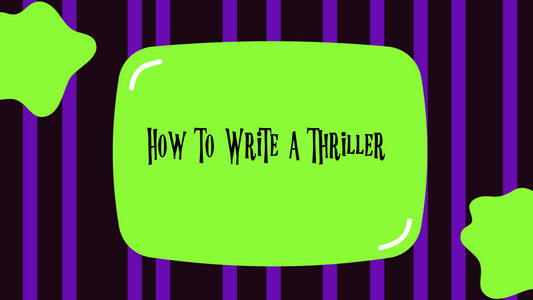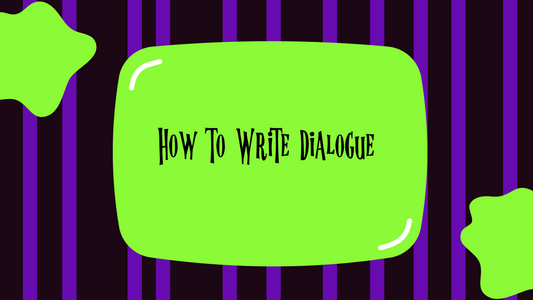As an affiliate, I earn from qualifying purchases, but this doesn't affect the reviews or recommendations—your trust is important to me!
Young Writers: How to Create a Setting
Hello, aspiring authors! 🌟 If you're a young adult or middle-grader dreaming of writing your own story, you've come to the right place. One of the most magical parts of storytelling is creating a setting that feels so real, your readers can almost step into it. But how do you build a world that captivates and enchants? Let's dive into some simple steps to help you create a setting that will bring your story to life.
1. Start with the Basics
Think about the basics of your world. Is it set in the real world, a fantasy land, or perhaps a futuristic society? Here are a few questions to get you started:
-Where is your story happening? (city, village, outer space)
-When does it take place? (past, present, future)
-What is the climate like? (sunny, rainy, snowy)
-Who lives there? (humans, animals, magical creatures)
2. Use Your Senses
To make your setting vivid, describe it using all five senses:
-Sight: What do your characters see? Describe the colors, shapes, and sizes.
-Sound: What sounds fill your setting? Is it bustling with noise or eerily silent?
-Smell: Are there any distinctive smells? Maybe the scent of flowers, food, or something more unusual?
-Touch: What textures can your characters feel? Is the ground rocky, the air humid, or the water cold?
-Taste: Can you incorporate taste into your setting? Think of local foods or drinks.
3. Add Unique Details
It's the little details that make a setting memorable. Add some unique features that stand out:
-A mysterious forest with trees that glow at night.
-A bustling market with vendors selling magical trinkets.
-A school where classes are taught by friendly ghosts.
4. Create a Map
Even a simple sketch can help you visualize your world. Draw the main locations where your story takes place. This could be as simple as a village with a few key buildings or as complex as a map of an entire kingdom. Maps help keep your setting consistent and make it easier for your readers to follow along.
5. Think About the Culture
What kind of culture exists in your setting? Think about:
-Traditions: Are there any unique holidays or festivals?
-Clothing: What do the characters wear?
-Language: Do they have any special sayings or slang?
-Food: What do they eat and drink?
6. Show, Don’t Tell
-Instead of just telling your readers about your setting, show it through your characters' actions and interactions:
-Instead of saying, "It was a rainy day," show a character pulling on their rain boots and splashing through puddles.
-Instead of saying, "The market was busy," show characters shouting, haggling, and the mix of delicious and strange smells in the air.
7. Keep it Consistent
Once you've created your setting, stick to the rules you've established. If magic works a certain way or if a particular plant only grows in one place, be consistent throughout your story. This helps maintain the believability of your world.
8. Let Your Imagination Run Wild
The best part of creating a setting is that there are no limits except for your imagination. Don’t be afraid to dream up something wild and fantastical. Whether it's floating islands, underwater cities, or time-traveling villages, let your creativity shine.
Practice Time!
Now, it's your turn! Grab a notebook and start brainstorming your setting. Here’s a quick exercise:
- Write down three words that describe the overall vibe of your setting (e.g., mysterious, vibrant, futuristic).
- Sketch a quick map of your world, labeling at least five key locations.
- Choose one of those locations and describe it using all five senses.
Remember, the setting is where your characters live, breathe, and adventure. Make it as exciting and vivid as you can. Happy writing, future authors! 🚀🖋️




















